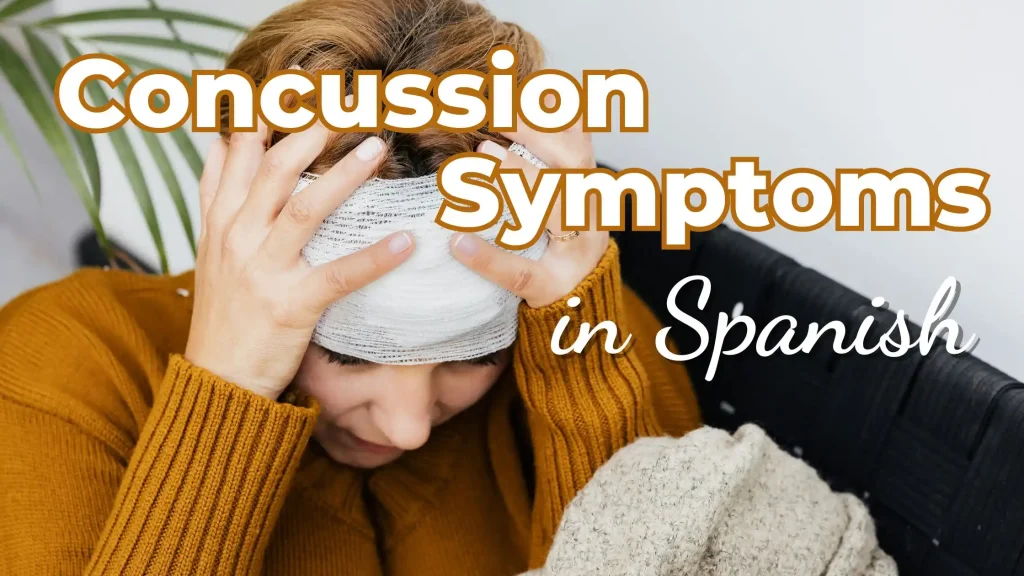This Medical Spanish lesson focuses on the indirect object pronouns and how to use them when talking with your Spanish speaking patients.
Here is the Indirect Object Pronouns in Spanish I taught to the Facebook group:
Subscribe to our YouTube Channel to see all of our lessons and get the latest videos right away!
Complementos Indirectos – Indirect Objects
Doler
Gustar
¿Qué es el complemento indirecto? – What is the Indirect Object?
The complemento directo is the “what” of the verb.
| Subjects | Indirect Objects |
| Yo | Me |
| Tú | Te |
| Usted / Él / Ella | Le |
| Nosotros | Nos |
| Ustedes / Ellos / Ellas | Les |
Ejemplo: Dar (To give)
¿Cuándo se usa? – When to use it?
- Para sustituir y no repetir – To replace words and avoid repeating them
- Para ser más eficiente – To be more efficient
Side note:
- Siempre usar el pronombre, aun si es repetitivo – Always use the pronoun, even if it is repetitive.
Ejemplo: Le doy inyecciones de epinefrina a Caleb cuando le pica una abeja ![]()
2. Nunca usar el sujeto para enfatizar – Never use the subject to emphasize
Ejemplo:
| Incorrecto | Correcto |
| Yo me gusta…. | A mí me gusta…. |
| Tú te gusta…. | A ti te gusta… |
¿Dónde poner el pronombre? – Where does the pronoun go?
1. Antes del verbo conjugado – Before the conjugated verb
Ejemplo: Yo no les doy vitaminas a mis hijos. Les sirvo EmergenC y muchas vitaminas.
2. Pegado al final de mandatos e infinitivos
Ejemplo:
- Déle la epinefrina inmediatamente después de picarle una abeja

- Usted necesita darle epinefrina e ir directo a la sala de emergencia

¡Ahora a practicar!
Cómo empezar a comprender y usar los complementos indirectos
- Listen to your Spanish speaking patients: listen for how they use direct and indirect objects and just track with them to understand that when they are saying “me”, “le” or “te” it’s referring to something, that way words like “darle” is not a new word but an acommodation of “dar” and “to someone” that you need to separate in your mind.
- Begin to implement them and move from the English construction (“dar a Juan las medicinas”) to the Spanish construction (“darle las medicinas”).
Karen’s Perspective
En algunas regiones de Latinoamérica, es común agregar “me” a las oraciones con objeto directo u objeto indirecto como una forma de hacer que suenen más cercanas y cariñosas.
Ejemplos:
- ¿Qué me le pasó?
 : significa lo mismo que “¿Qué le pasó?” pero el me hace que resalte la preocupación y empatía de quien pregunta.
: significa lo mismo que “¿Qué le pasó?” pero el me hace que resalte la preocupación y empatía de quien pregunta. - Cuéntemele a su mamá que la abuela está enferma
 : cuéntemele y cuéntele significan lo mismo, pero en el primer caso hace que la oración suene más cercana y en confianza.
: cuéntemele y cuéntele significan lo mismo, pero en el primer caso hace que la oración suene más cercana y en confianza.
No se asuste si escucha palabras u oraciones de este tipo, significa que su paciente le tiene confianza y quiere hablarle con más cercanía 🙂
Now it’s your turn! I packaged all of this vocabulary in Spanish into some flashcards for you to study.
Indirect Object Pronouns in Spanish Quiz
Keep up the good work speaking responsible Spanish to your patients! Check out our other books, classes & products to help you !
*If the link isn’t working for you, you may need to unblock pop-ups in your browser settings.





